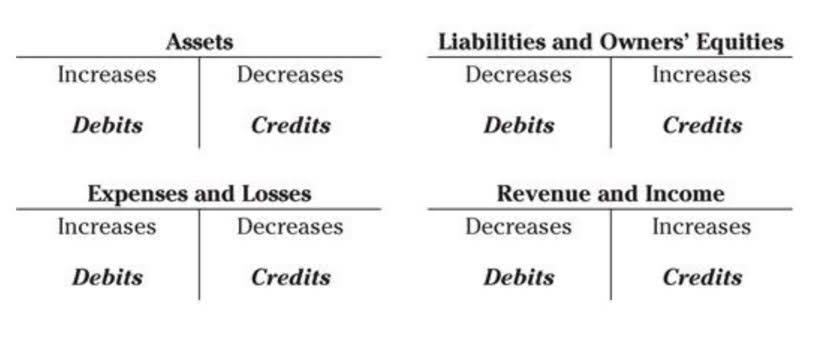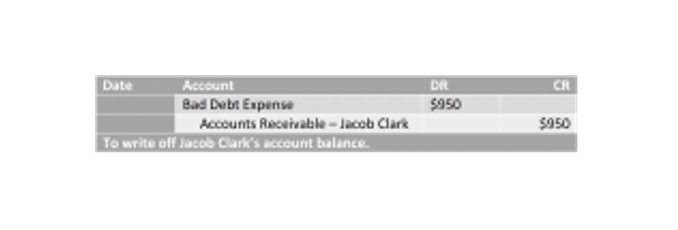
By automating data gathering and matching, it enhances accuracy, reduces manual effort, and accelerates the financial close. General ledger reconciliation is the process of comparison between accounts and data. Those tasked with the process will have to verify the books against other financial documents like statements, reports, and accounts. Many companies use subsidiary ledgers, which are most commonly the accounts receivable and accounts payable ledgers. The general ledger reconciliation will require that subsidiary account balances match up properly with the general ledger.
Intercompany Reconciliation
- This frees up accounting staff to focus on higher value-add activities.
- Accurate reconciliations are crucial for internal control and financial clarity.
- The fact that this automation makes banking operate more quickly and intelligently is even cooler.
- Dashboards can be customized and presented to executives for a clear and timely overview of how the business is performing in real-time.
- Conversely, larger organizations may have more intricate general ledgers with parent/child relationships where several sub-accounts roll up to a larger account.
Enhance productivity, reduce manual tasks, and ensure a seamless closing process. Accounting Seed’s general ledger accounting system provides extensive accessibility, scalability, and flexibility. Whether for tech companies or nonprofits, the general ledger (GL) is what’s analyzed and used to monitor gains, losses, and overall financial health. Let’s delve into how GL reconciliations work and what to look for in accounting software for the best results. Every time you make a sale, a customer gets an invoice for what they owe.

Embracing Automation with Reconciliation Software

This is where you check your business’s bank account balance against what is recorded in the GL. This includes notes about any discrepancies you found, Accounting for Churches the adjustments you made, and the supporting documents you used. These entries correct the balances in your accounts, so everything matches up.
Common Mistakes to Avoid in General Ledger Reconciliation Process
With these steps, you can ensure that both ledgers match and reflect true financial data. By being aware of these common errors, you can implement strategies to avoid them and maintain accurate and reliable financial records. Coding a transaction for AR instead of AP is an easy recipe for a reconciliation mess – you’ve allocated money owed to money earned! These kinds of errors not only throw off account balances but also require adjusting entries to be made across multiple accounts in the GL. Duplicate entries often result from poor coordination among team members or automated systems.
- Managing this process efficiently is vital for maintaining accurate financial records, ensuring regulatory compliance, and supporting informed business decisions.
- Enhance productivity, reduce manual tasks, and ensure a seamless closing process.
- Schedule a demo with HubiFi to discuss how our solutions can help mitigate financial risks.
- For example, if your office supplies account shows a large increase, you would compare the starting balance to the ending balance and check what caused the difference.
- After understanding the essential steps involved in general ledger reconciliation, it’s helpful to see these steps in action.
Ensure Compliance and Audit Trail

Nigel Sapp is a content marketer at Numeric, partnering with top accountants to break down best practices, thorny accounting topics, and helping teams navigate the world of accounting tech. General ledger accounts fall into five main categories; each plays a distinct role in capturing different aspects of a company’s financial activities. Learn how we cut accounting close timelines by 75% and identified 6% of revenue margin erosion opportunities for one of the fastest growing companies. When your reconciliations follow the same recipe each time, it’s easier to spot any sneaky errors. Key performance indicators (KPIs) are like your financial health trackers. Monitoring them gives you valuable insights into your company’s overall financial well-being.
Company

Using the bank account example, general ledger reconciliation assume the company paid bills totaling $12,547.22 on the last day of the month that didn’t clear the bank until the following month. The company’s book balance is $12,547.22 lower than the bank statement balance because the bank won’t know that these bills were paid until the following month. When reconciling the account, the reconciler should itemize the $12,547.22 by vendor and purpose and note these as reconciling items due to timing. Incorporating these features into procurement software greatly enhances the efficiency and effectiveness of a company’s procurement activities. Forecasting uses historical data from ledger accounts to predict future procurement needs, helping avoid stock shortages or excess. This proactive approach, utilizing data-driven decisions from the income statement and cash flow forecasts, ensures operational efficiency and cost-effectiveness.

Common Errors During Manual General Ledger Reconciliation
Account reconciliations are an integral part of an internal control framework to protect the integrity of financial reporting. They provide a simple way to detect errors and/or fraud in financial statements and often are the starting point for uncovering these issues. A big pain point with account reconciliations is having a variance and not petty cash knowing why, which means you’ll struggle with identifying reconciling items.
